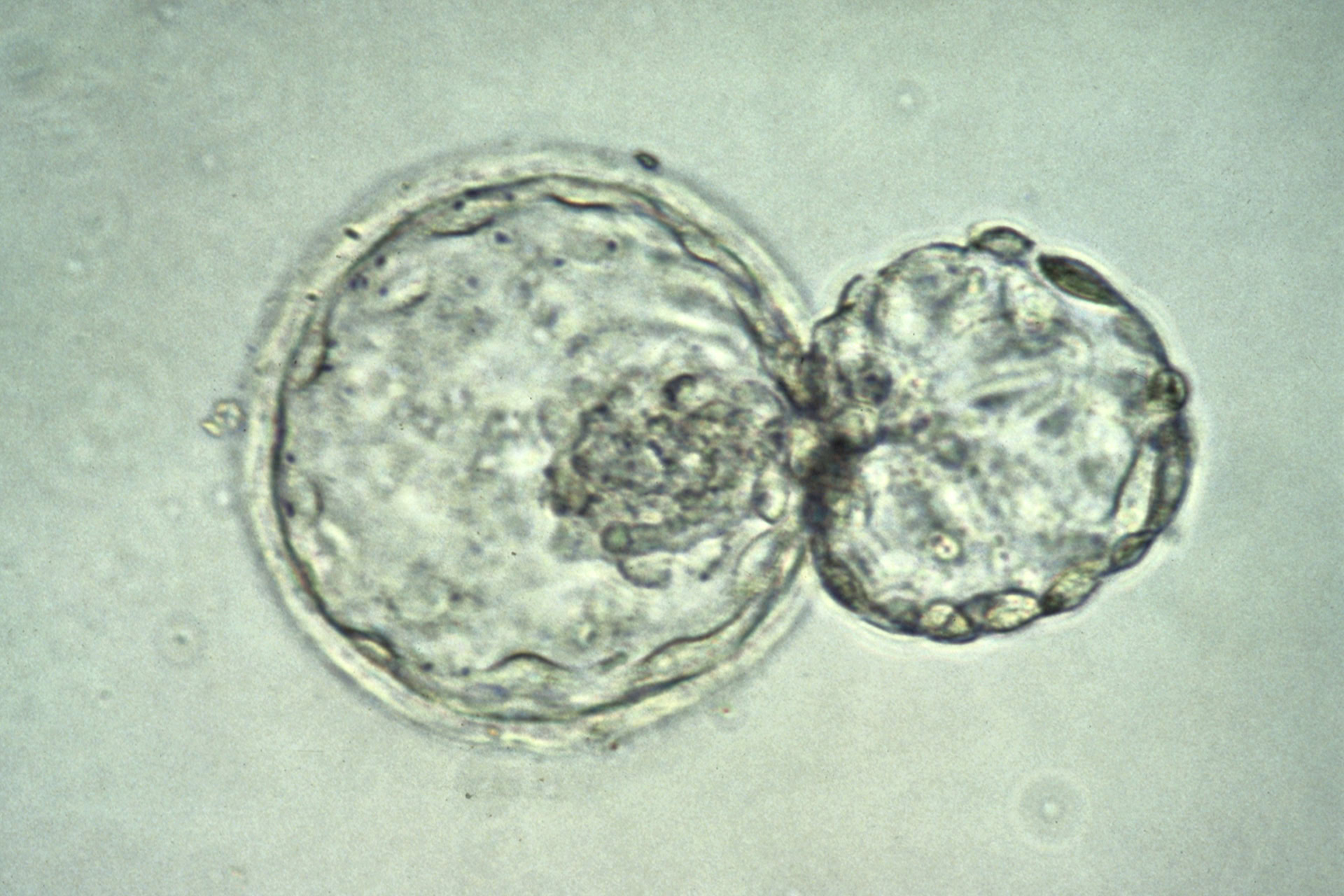The use of blood stem cells to treat heart attack patients shows promise, but can lead to complications, South Korean researchers say. A new study published in the Lancet shows that although the experimental treatment can help repair damaged heart tissue, it also causes side effects in many patients. As a result of their findings, the Seoul National University scientists have stopped enrolling people in a stem cell trial. A second study by US researchers, also reported in the Lancet, reports that similar treatment in dogs triggered heart cell death.
There is some evidence that adult stem cells present in the blood and bone marrow can produce other body tissues, as well as different types of blood cells. But it is not known exactly how this happens - it could be that the cells are fusing with existing cells, rather than transforming into them. Some scientists have warned that human trials using blood stem cells to treat damaged tissues should be postponed, until more is known about the processes involved. In the US, the Food and Drug Administration (FDA) has effectively halted such trials, although others are still taking place in other countries. Several groups have already shown in preliminary trials that blood stem cells from bone marrow can successfully repair heart attack damage.
The latest South Korean trial is the first to report using stem cells from blood, rather than bone marrow, which are much more difficult to obtain. The team first injected a chemical called G-CSF (granulocyte-colony stimulating factor), to increase the number of stem cells present in the patients' blood. For ten of the 20 trial participants, the researchers then purified these stem cells, and injected them into the patients' hearts. The scientists found that after six months, seven of those injected with stem cells were able to run further on a treadmill compared to untreated heart attack patients, while three of those treated with G-CSF alone showed no improvement.
But while the stem cell injections appeared to successfully treat the heart damage, the use of G-CSF triggered an unexpected side effect in five of the seven stem cell group, and two of the three G-CSF-only group. All seven developed in-stent restenosis: a narrowing of the coronary artery, despite the prior implantation of tubes (stents) designed to keep the arteries open. The researchers conclude that 'despite the favourable effects on cardiac function, our data warrant a more cautious approach to stem cell therapy, in view of the possible aggravation of restenosis'. However, other scientists caution that the South Korean trial involved a small number of patients, and that the problems might be avoided by adjusting the method.
Meanwhile, a group of researchers at the University of California Davis School of Veterinary Medicine injected bone marrow stem cells into the hearts of healthy dogs. The experiment was designed to investigate the safety of this approach. They found that the treatment caused tiny pockets of cell death, known as micro infarcts, which they describe as 'a surprise finding'. Lead author Dr P.Richard Vulliet said: 'We were giving one dose of stem cells, in the range of what is being done in humans'. The group, who will present their results at a stem cell meeting in Washington later this month, say they are continuing with the studies using a lower dose of stem cells.
Sources and References
-
Risks found in stem cell therapy for heart
-
Heart therapy raises hopes and concerns
-
Stem cell heart repair 'doubts'
-
Is it MAGIC?





Leave a Reply
You must be logged in to post a comment.